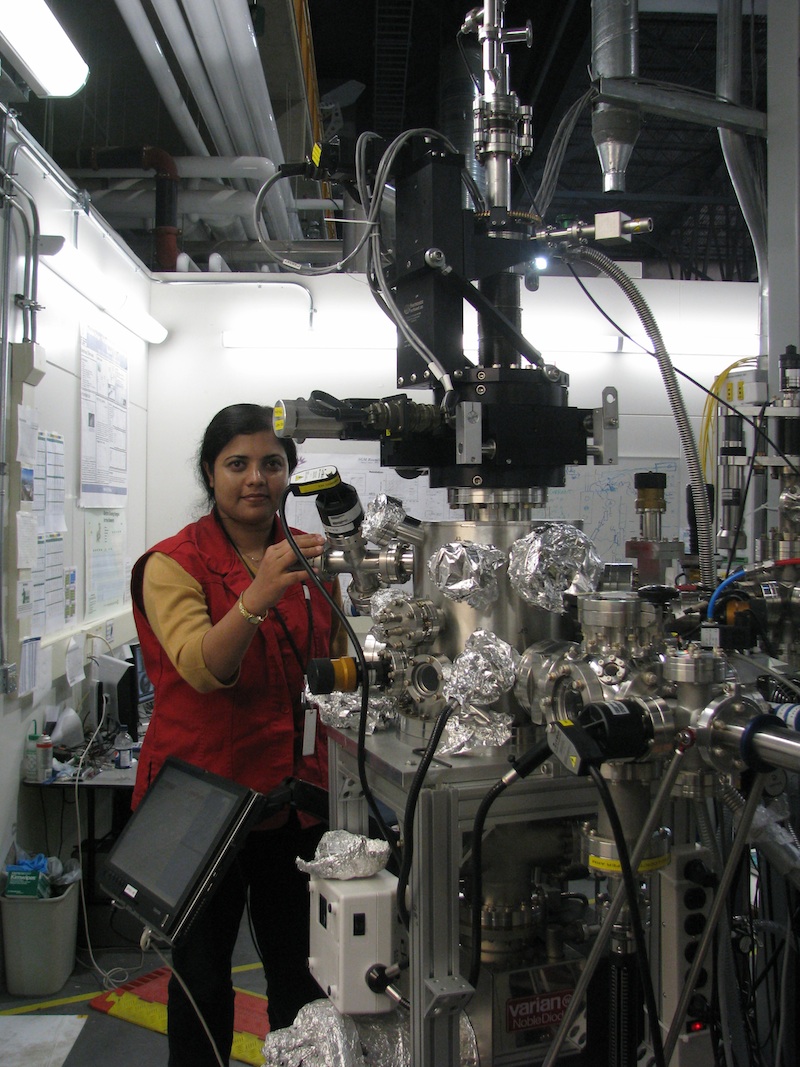
Dr. Sanjukta Choudhury MSc, PhD
Senior Strategist, EDI and Research University of SaskatchewanEducation
- University of Saskatchewan
Saskatoon, Saskatchewan
M.Sc. Physics
Completed June 2010
M.Sc. Thesis
- Spectroscopic Study of Transition Metal Compounds
Current Affiliation
- Senior Strategist, EDI and Research University of Saskatchewan.
Current Projects
I am doing synchrotron radiation based spectroscopic study of new materials at Canadian Light Source (CLS), Saskatchewan and Advanced Light Source (ALS), California. I use X-ray absorption spectroscopy (XAS) and X-ray emission spectroscopy (XES) to understand the electronic structure of new materials. To theoretically reproduce the experimental spectra I use atomic multiplet calculation and comparison yields valuable electronic structure information of the system. Currently, I am working on the following projects:
Ca-doped LaMnO3 perovskites
Extensive research interest on perovskite manganites has been triggered by the demonstration of their distinctive magnetic, transport, and magnetoresistive properties, for instance; magnetic phase transitions, metal-insulator transitions, and colossal magnetoresistance. I am using two complementary techniques, XAS and XES to understand their electronic structure.
Fundamental Mn oxides
Fundamental Mn oxides (MnO, Mn2O3, Mn3O4, and MnO2) are vital to study Mn-related complex oxides. I am using XAS to probe unoccupied partial density of states, and Non-resonant and Resonant XES as a powerful tool in describing low energy excitations e.g. d-d excitations and charge-transfer excited states.
TM-doped ZnO Dilute Magnetic Semiconductors
TM (Cr, Mn, Fe, Co etc.)-doped ZnO Dilute magnetic semiconductors (DMS) have gained great attention due to their application in Spintronics. Since the magnetic properties of these systems are known to strongly correlate with an exchange interaction between magnetic impurity atoms, an approach to study the local electronic structure to understand the origin of ferromagnetism is promising.
